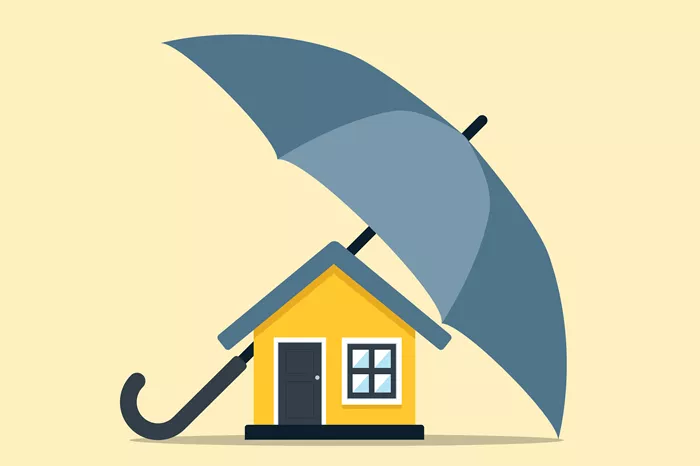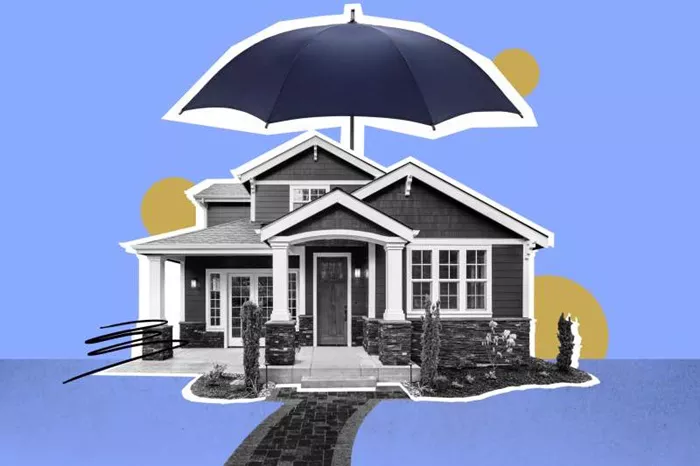Home insurance is a crucial safety net for homeowners, providing financial protection against various risks. Among the numerous coverage options available, accidental damage stands out as a significant feature. But what exactly does accidental damage encompass? This article delves deep into the concept of accidental damage within home insurance policies, its implications, coverage specifics, and the importance of understanding this aspect of your insurance.
What Is Accidental Damage?
Definition of Accidental Damage
Accidental damage refers to unintentional damage caused to a property or its contents due to unforeseen events. This can include a wide range of incidents, from spilling a drink on a carpet to accidentally breaking a window or damaging a piece of furniture.
Distinction from Other Types of Coverage
It’s essential to differentiate accidental damage from other forms of coverage:
Theft and Vandalism: These involve deliberate actions and are treated separately from accidental damage.
Natural Disasters: Events like floods or earthquakes fall under different categories and may require specific coverage.
Wear and Tear: Damage resulting from aging or lack of maintenance is generally not covered.
Types of Accidental Damage Coverage
1. Buildings Coverage
Buildings coverage under accidental damage typically protects the physical structure of your home. This includes walls, roofs, and permanent fixtures.
Examples
A child accidentally puts a hole in the wall while playing indoors.
A contractor damages part of your home during a renovation.
2. Contents Coverage
Contents coverage pertains to personal belongings within your home. This includes furniture, electronics, and clothing.
Examples
Accidentally spilling paint on a carpet or sofa.
Breaking a TV by knocking it over during a move.
3. Accidental Damage to Other Structures
This coverage can extend to other structures on your property, such as garages, sheds, or fences.
Examples
Damaging a fence while mowing the lawn.
Hitting a garden shed with your vehicle.
See also: Is It Worth Making a Claim on Home Insurance? A Full Guide
Importance of Accidental Damage Coverage
Financial Protection
Accidental damage coverage can provide significant financial protection, saving homeowners from high out-of-pocket costs. Without this coverage, minor accidents could lead to substantial repair expenses.
Peace of Mind
Knowing that you are covered for accidental damages can provide peace of mind, allowing homeowners to enjoy their living space without constant worry about potential mishaps.
Comprehensive Protection
Accidental damage coverage ensures a more comprehensive home insurance policy, making it a valuable addition for homeowners who want extensive protection.
Common Myths About Accidental Damage Coverage
Myth 1: All Types of Damage Are Covered
Many homeowners mistakenly believe that all types of damage fall under accidental damage. However, as mentioned earlier, damage resulting from wear and tear, natural disasters, or intentional acts is usually excluded.
Myth 2: Accidental Damage Coverage Is Automatically Included
Not all home insurance policies automatically include accidental damage coverage. It’s crucial to check your policy details and discuss with your insurer whether this coverage is included or requires an additional premium.
Myth 3: Filing a Claim Will Always Result in Higher Premiums
While filing claims can impact premiums, not all claims lead to significant increases. It’s essential to assess the situation and discuss potential premium impacts with your insurer.
How to Add Accidental Damage Coverage to Your Policy
Reviewing Your Current Policy
Start by reviewing your current home insurance policy to determine whether accidental damage coverage is included. Look for sections specifically addressing coverage for both buildings and contents.
Discussing Options with Your Insurer
If accidental damage coverage is not included, contact your insurance provider to discuss options for adding this coverage. They can provide details on any additional premiums or changes to your policy.
Understanding Costs
The cost of adding accidental damage coverage can vary significantly based on factors such as location, the value of your home, and the level of coverage chosen. Discuss potential costs with your insurer to understand how it fits into your overall budget.
Filing a Claim for Accidental Damage
Step 1: Assess the Damage
Begin by assessing the extent of the damage. Take photographs and document everything thoroughly. This will be helpful when filing a claim.
Step 2: Contact Your Insurer
Notify your insurance company as soon as possible to initiate the claims process. Provide them with the necessary details about the incident and the damage.
Step 3: Complete the Necessary Paperwork
Your insurer will likely require you to fill out a claims form and provide supporting documentation. Be accurate and honest in your descriptions.
Step 4: Work with an Adjuster
Your insurer will assign an adjuster to investigate the claim. They will assess the damage and determine whether it falls within your coverage limits.
Step 5: Receive a Decision
After the investigation, your insurer will inform you of their decision regarding your claim. If approved, they will outline the compensation you are entitled to receive.
Step 6: Appeal if Necessary
If your claim is denied, you have the right to appeal the decision. This may require additional documentation or clarification of your policy’s terms.
Tips for Preventing Accidental Damage
1. Home Maintenance
Regular maintenance can help prevent incidents that lead to accidental damage. Keep your home in good condition to minimize risks.
2. Childproofing
If you have children, consider childproofing your home to reduce the likelihood of accidental damages caused by curious hands.
3. Use Protective Covers
Utilize protective covers for furniture and floors to help mitigate the impact of accidents.
4. Be Cautious with Activities
Be mindful during activities that could lead to accidental damage, such as moving furniture or engaging in home improvement projects.
Conclusion
Accidental damage coverage is a vital component of home insurance that provides financial protection and peace of mind for homeowners. By understanding what constitutes accidental damage, the types of coverage available, and how to effectively file a claim, homeowners can make informed decisions about their insurance policies. Additionally, taking proactive steps to prevent accidental damage can further enhance the safety and security of your home. Ultimately, investing in comprehensive coverage is not just about protecting your property; it’s about safeguarding your lifestyle and peace of mind.





















